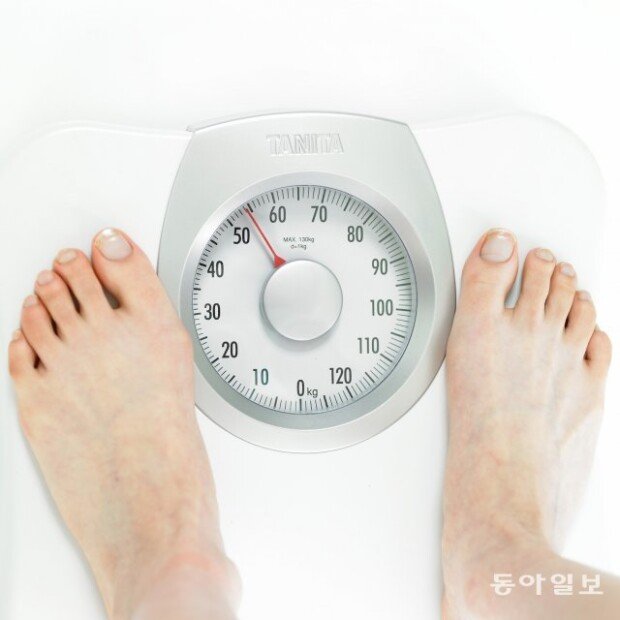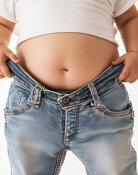Waist size for Korean male grows 13 centimeters over 40 years
Waist size for Korean male grows 13 centimeters over 40 years
Posted March. 31, 2022 07:53,
Updated March. 31, 2022 07:53

A 38-year-office worker is bothered by the fact that the pants that he bought last year no longer fit. He has gained eight kilograms for the past year as he stopped working out when his first child was born three years ago and ordering take-out food often as he did not have time to cook meals.
While the average height of Korean males continues to grow, waist size, which measures obesity, is growing faster than ever. Waist size grow by 10 centimeters since 1979, with half of Korean men determined as obese.
The Korean Agency for Technology and Standards under the Ministry of Trade, Industry and Energy announced the results of a survey titled ‘The 8th Korean Body Index Survey’ on Wednesday. The survey collects body and figure related indices and information of Koreans to help boost product and service competitiveness of Korean apparel and living products and held since 1979, eight times every five years.
Recent survey results showed that the average Korean man and woman were 172.5 centimeters and 159.6 centimeters tall, respectively. The average height has steadily grown since 2000. Data shows that males and females have grown 6.4 centimeters and 5.3 centimeters taller than 1979, when survey was carried out for the first time.
The problem is that the proportion of obese males continue to increase. Recent survey results showed average male body mass index at 24.9. The figure has grown steady for the last 40 years from 22.1 in 1979 and current survey results shows that 47.0% of males were obese. Meanwhile, the BMI of women was 22.6, reflecting little change from 22.0 in 1979. Waist size of males increased, while the figure declined for women across all age groups excluding the 20s. The waist size of men in 20s-40s since 1979 increased 7.3- 12.9 centimeters.
The leg-to-body ratio increased across all age groups. The figure for males increased from 43.7% in 2004 to 45.3% and 44.4% to 45.8% for women, reflecting changes to resemble more Westernized features.
kalssam35@donga.com




![[단독]정부, 석유화학 이어 배터리 구조조정 시사](https://dimg.donga.com/c/138/175/90/1/wps/NEWS/IMAGE/2026/01/15/133159957.1.jpg)
![[단독]“물건 보냈는데 돈 안와”… 국제정세 불안에 수출대금 8000억 떼일 위기](https://dimg.donga.com/c/138/175/90/1/wps/NEWS/IMAGE/2026/01/15/133160131.1.jpg)

